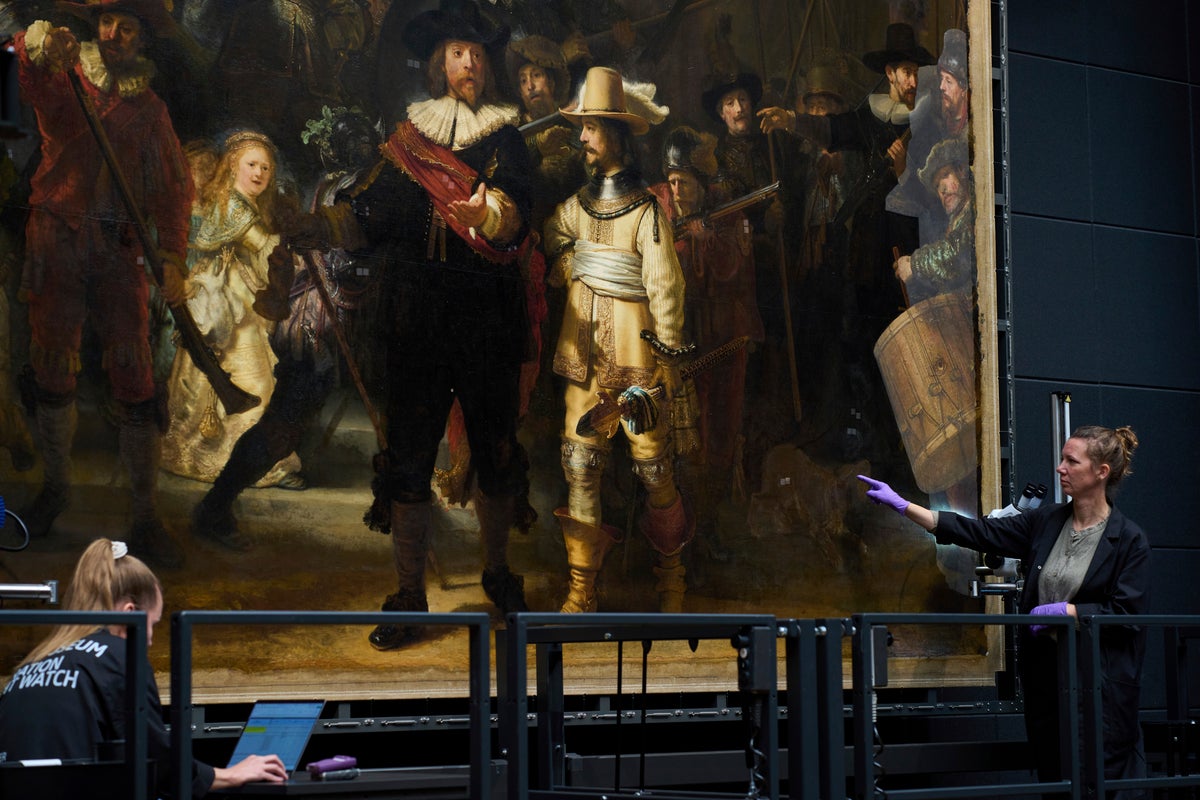- Total News Sources
- 1
- Left
- 1
- Center
- 0
- Right
- 0
- Unrated
- 0
- Last Updated
- 16 days ago
- Bias Distribution
- 100% Left


Scientists Solve 77-Year Manganese Blue Mystery in Pollock Painting
For nearly 80 years, the vibrant blue pigment used in Jackson Pollock's iconic 1948 painting Number 1A remained a mystery. Recent chemical analyses by a Stanford University-led team, including advanced spectroscopy techniques, have identified the pigment as manganese blue, a compound popular in the 1940s but discontinued in the 1990s due to toxicity and environmental concerns. This discovery explains why previous attempts to replicate or identify the blue failed, as manganese blue was banned for its toxicity. Pollock's use of this pigment, alongside his innovative drip technique and unconventional materials, highlights his experimental approach to art. The findings were published in the Proceedings of the National Academy of Sciences and underline the intersection of art and science in uncovering historical artistic methods. This revelation adds renewed interest and significance to Pollock's work, especially the dazzling blue splashes in Number 1A displayed at MoMA.

- Total News Sources
- 1
- Left
- 1
- Center
- 0
- Right
- 0
- Unrated
- 0
- Last Updated
- 16 days ago
- Bias Distribution
- 100% Left
Stay in the know
Get the latest news, exclusive insights, and curated content delivered straight to your inbox.

Gift Subscriptions
The perfect gift for understanding
news from all angles.
